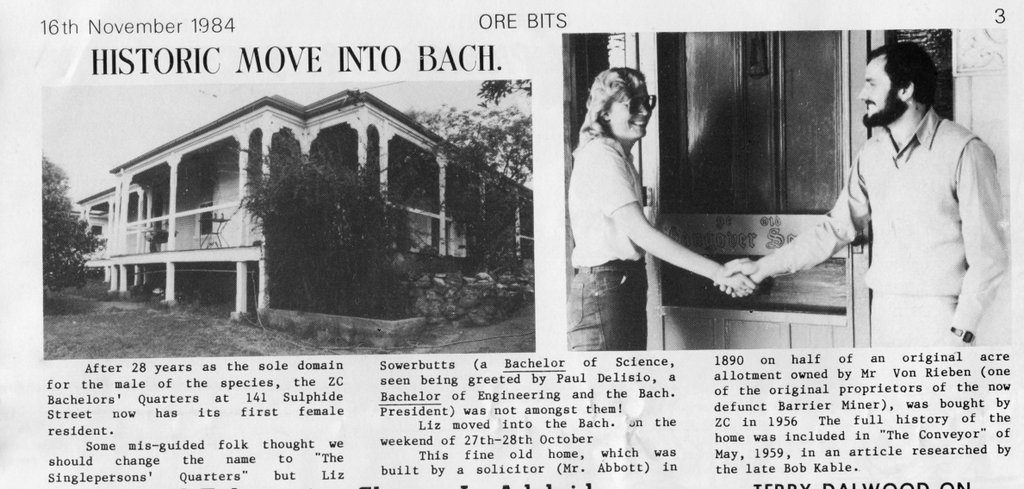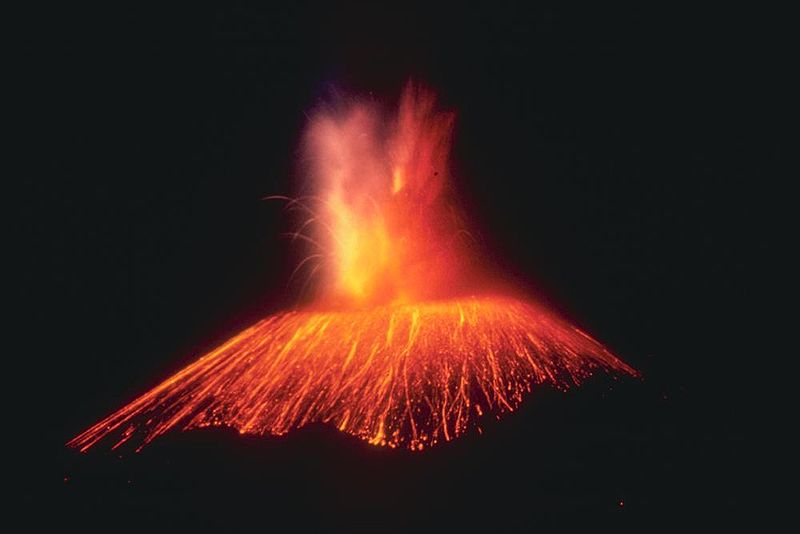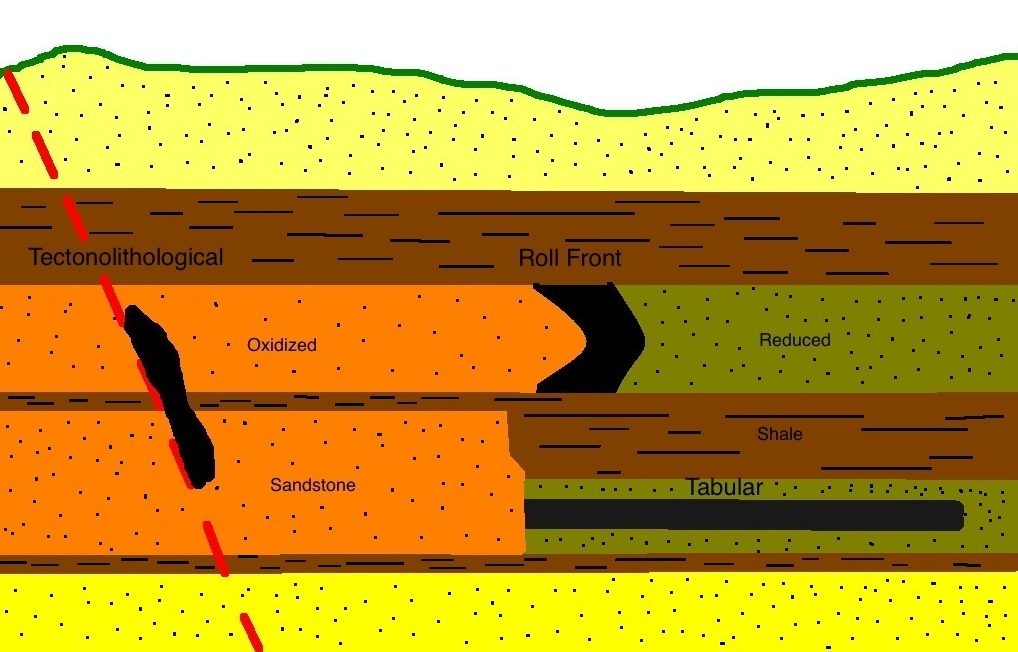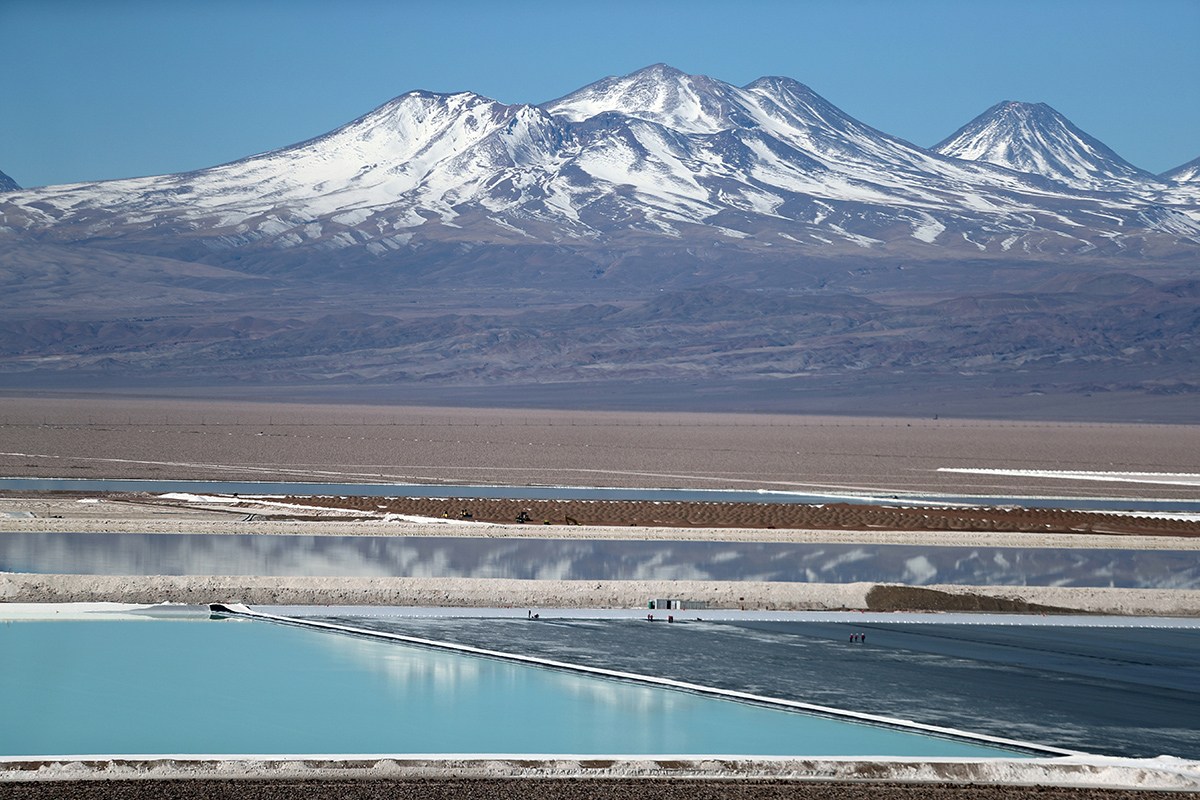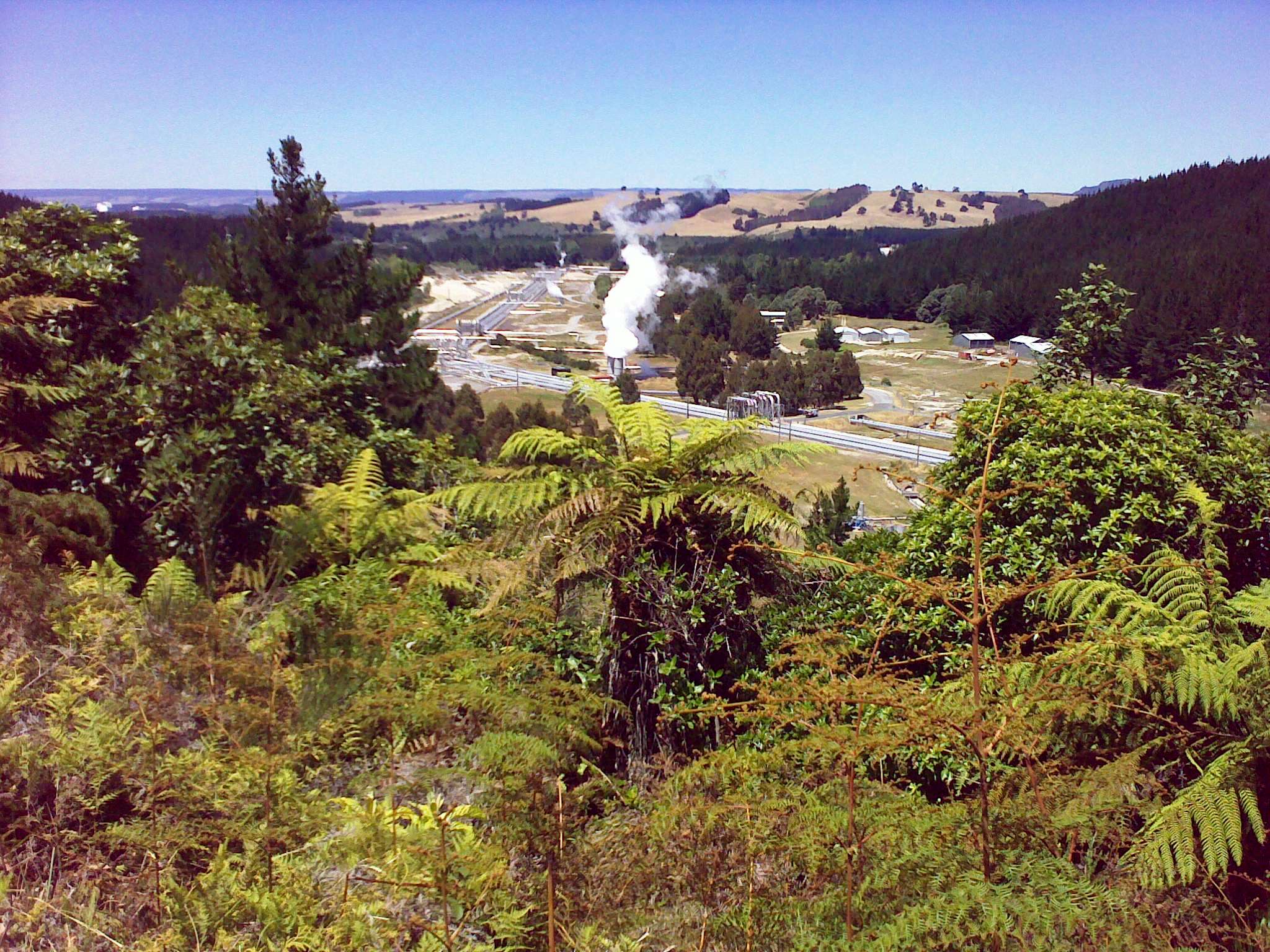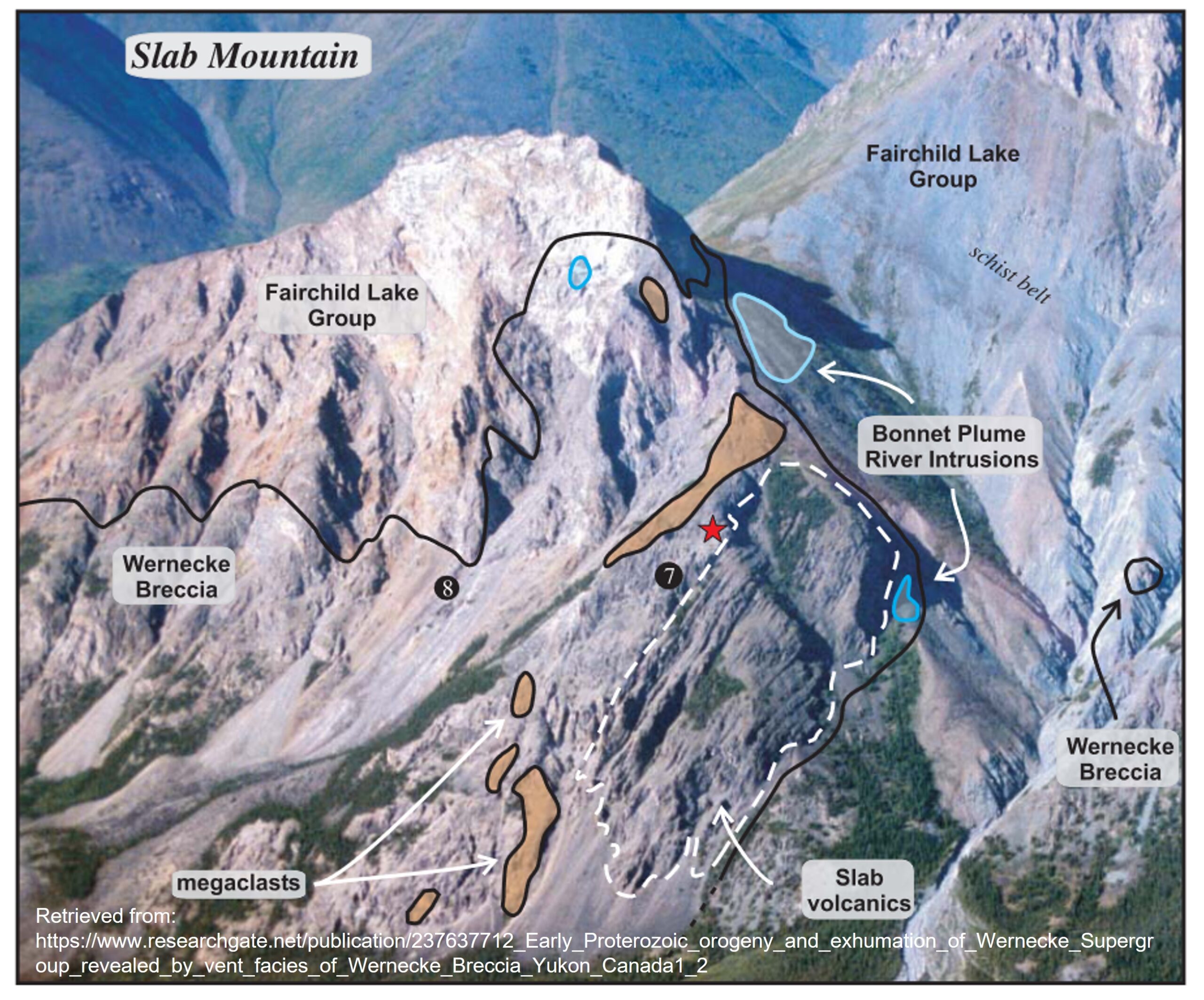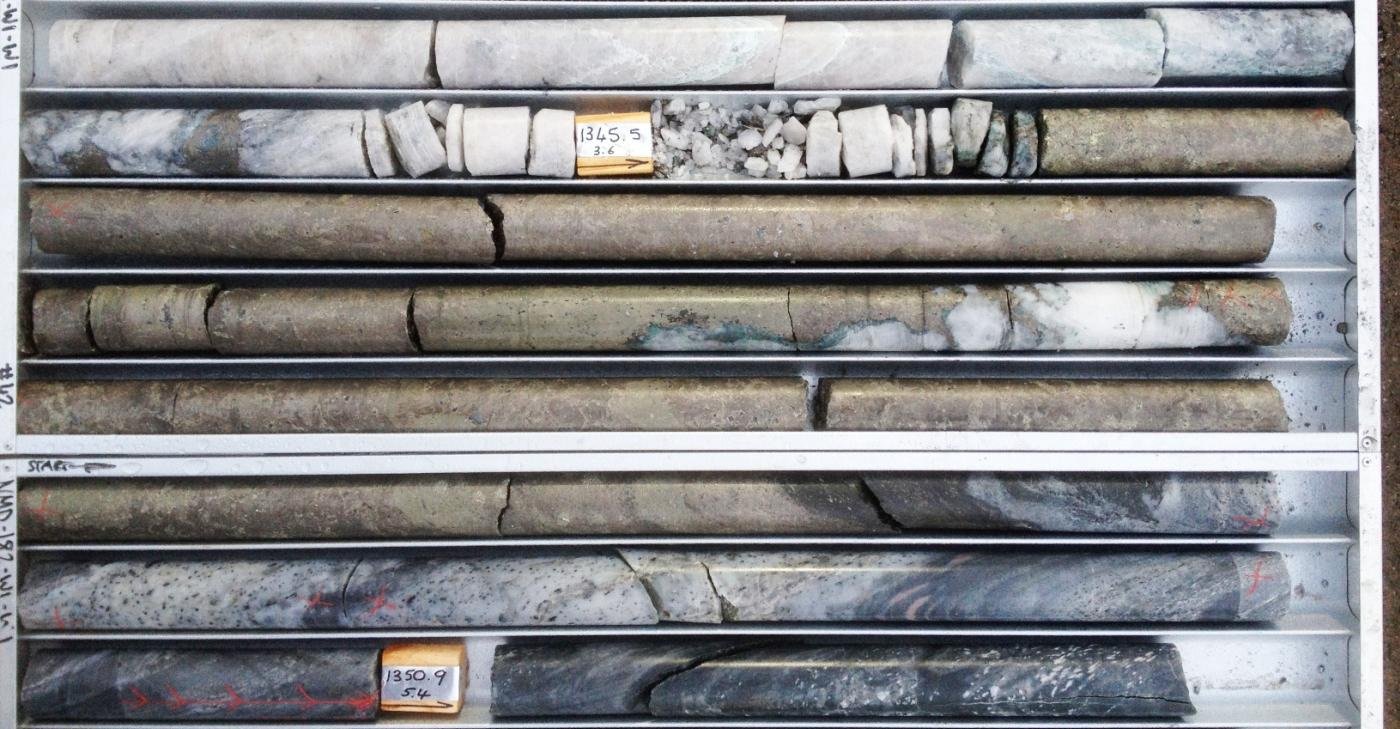This discovery paints the formation of the early solar system a very chaotic process: full of molten droplets from colliding planets.
The planets in our solar system are thought to have been formed from the accumulation of materials from interstellar clouds of dust and gases. Meteors have long been considered the “leftover” building materials of planets but a recent paper published in Nature suggests that it was early planetary collisions that formed them. Researchers from MIT and Purdue University made this discovery by studying meteors known as “chondrites”.
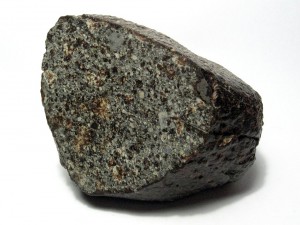
Chondrites are stony meteorites that have not been modified by melting or separation and are thought to have been be present during the earliest stages of the formation of our solar system. Most Chondrites contain silicate minerals as well as nickel-iron metals but most importantly, Chondrites are characterized by the presence of spherical mineral grains known as “chondrules”. It was previously believed that Chondrules formed from molten droplets in space before being accreted into either planets or asteroids.
Scientific Controversy
Chondrules were considered among the oldest solid materials within our solar system and a fundamental building block of our planets. Now researchers are questioning this belief by using computer based simulations. The team at MIT and Purdue have found that bodies as large as the moon likely existed before the formation of chondrules. These researchers propose that chondrule droplets were ejected from early planetary collision. Through the immense heat and pressure during planetary collision, some fraction of the melted material shoots out in a process called “jetting”. This melted material would eventually cool to become chondrules. This discovery may have some very interesting implications for geochemistry as a whole. Rare earth element concentrations are “normalized” to Chondrite values when being compared. This normalization occurs because the concentrations of various elements can differ by orders of magnitude, so by setting the default or reference value to the composition of chondrites, scientists can study the differentiation of post-planetary processes. The term differentiation refers to the processes of melting, re-crystallization, or magma-mixing that lead to a separation of the mineral grains. Chondrules are rocks that have never gone through the typical processes of rocks on earth, it has never been tectonically recycled. We may no longer have the easy “default” early planetary materials to make comparisons to. Chondrites were considered to be undifferentiated planetary materials, but now that has been called into question.
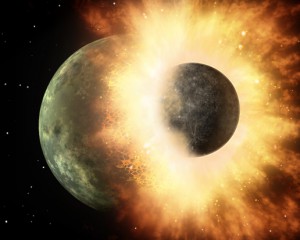
Chaos of an early Solar System
The mechanism of “jetting” was not initially considered because it was believed it only involved a small percentage of the mass of the impacting bodies. This did not appear to be enough material to produce the sheer abundance of chondrules seen in meteorites. The team based their model on an earlier study of impact jetting by Johnson et al. at Purdue. These researchers at MIT created a simulation based on accepted theory of the development of our solar system including the location, timing, sizes and velocities of chondrule-forming impacts. They also used this simulation to model the early stages of planetary formation through accretion of smaller bodies called planetsimals. They calculated the cooling rates of chondrules produced by impacts using their simulation. They took those theoretical cooling times and compared them to observed cooling times of chondrules on Earth. Geologists can estimate the cooling time based on observation of the mineral textures in present-day chondrules. There was a compelling match between their computer model cooling-time and the observed cooling-time.
This discovery paints the formation of the early solar system a very chaotic process: full of molten droplets from colliding planets. It is now up to scientists to determine how this discovery fits in with current models on solar system formation.
Subscribe for Email Updates

